Chinese Factory Workers Expose 14 Luxury Goods That Are a Complete Scam
For anyone who grew up attaching meaning to the words “Made in Italy” or “Crafted in France,” this one might sting a bit. Because the more you scratch at the surface of the luxury industry, the more you realize just how much of that “European craftsmanship” was quietly outsourced. Not to lower-tier suppliers or specialized artisans in Europe, but to factories across China, where the real work—not just the duplication, but the creation—happens first. Social media didn’t invent this story, but it definitely brought it into sharper focus.
Dior Knitwear

Credit: Instagram
According to factory insiders and TikTok whistleblowers, Dior’s beloved cardigans and ready-to-wear knits often begin their life in China. Brands like Beyond Garments in Ho are allegedly involved in production. Your pricey mohair blend may get its finishing touches in France, but the core work? All done far from the Champs-Élysées.
Coach and Michael Kors
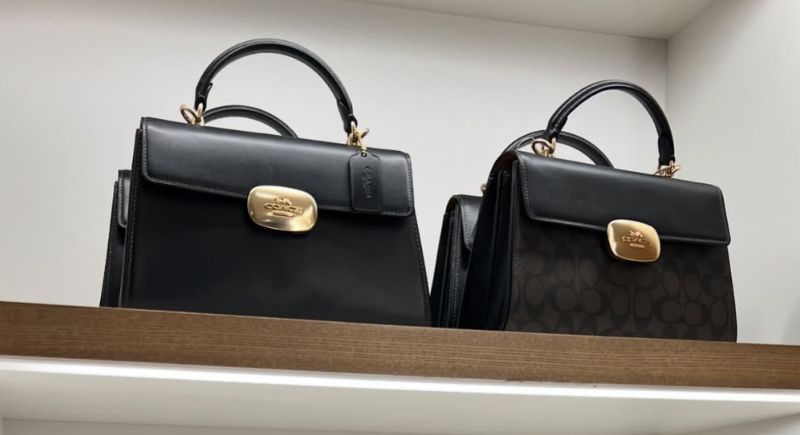
Credit: Instagram
These brands have long been open secrets in the outsourcing game. TikToks have shown Chinese workers stitching Kors bags with practiced precision, sometimes cheekily pointing out the “American Heritage” tag stitched in last. Coach too. If you’ve ever bought from an outlet, you’ve likely bought direct from Asia—logo and all.
Prada Bags

Credit: Instagram
Prada has been relatively transparent, acknowledging that a large portion of its goods are made in China. But what’s hitting people now is the detail: same leathers, same zippers, same threads as the European pieces—just minus the passport. It throws the whole “Italian excellence” thing into question, especially for knitwear and basic bags.
Dior Cosmetics

Credit: Instagram
You might assume your Dior lipstick was whipped up in a sleek lab somewhere in Paris. More likely, it came from factories under the Taikoo Group umbrella in China—the same supplier used by Lancôme and L’Oréal. Packaging comes from Shenzhen. So even if it feels luxury, it’s still largely a Chinese production.
Gucci’s 80% Factory Leak
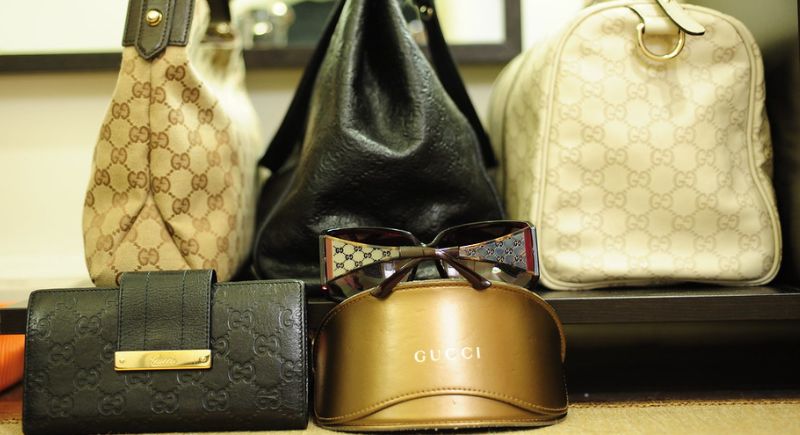
Credit: Instagram
Several TikToks claim as much as 80% of Gucci’s goods are assembled in China, then finished in Europe for that final stamp of prestige. The work is legitimate—same leather, same specs—but the “made in Italy” label only tells half the story. You’re paying for the plane ride.
Lululemon Leggings at $5 a Pop
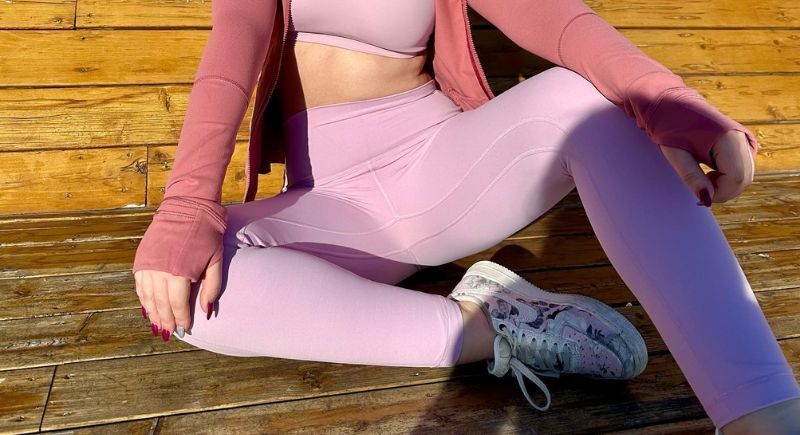
Credit: Instagram
Not quite luxury, but definitely expensive for gym wear. Videos from Chinese factory workers have shown that Lululemon leggings cost under $6 to produce. Retail price? Around $100. The clips aren’t about exposing poor quality—they’re saying the quality’s actually quite good. It just doesn’t have to be expensive.
Dior Packaging and Accessories: From 24-Hour Shenzhen Plants
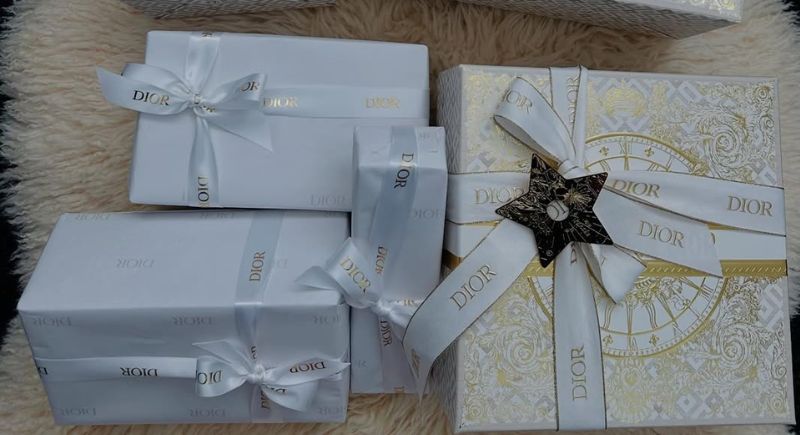
Credit: Instagram
You know that perfectly shaped box with the embossed gold font? Odds are, it came from one of the 24-hour factories in Shenzhen. These places also handle the branded shopping bags and ribbons. Presentation is half the price in luxury retail—but the work is often standard issue factory precision.
Balenciaga’s Quiet Outsourcing
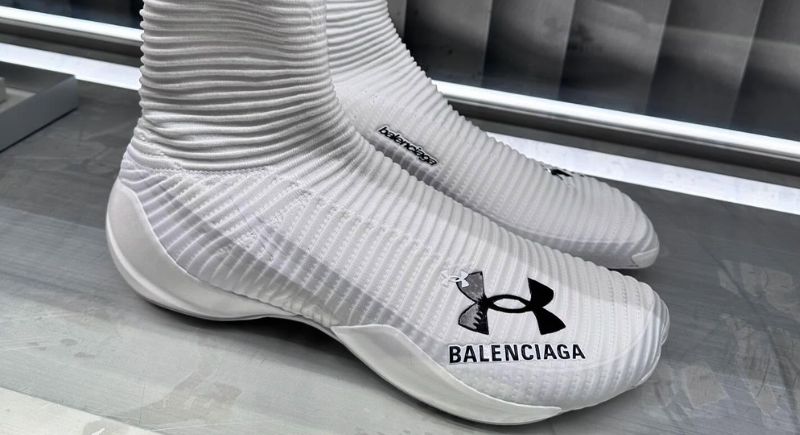
Credit: Instagram
While Balenciaga markets itself with brutalist runway aesthetics and avant-garde irony, some of its most basic products—t-shirts, hoodies, and even shoes—have been traced back to Chinese factories. They don’t deny it outright, but they don’t spotlight it either. Streetwear markup meets offshored reality.
Hermès: The Materials Origin Debate
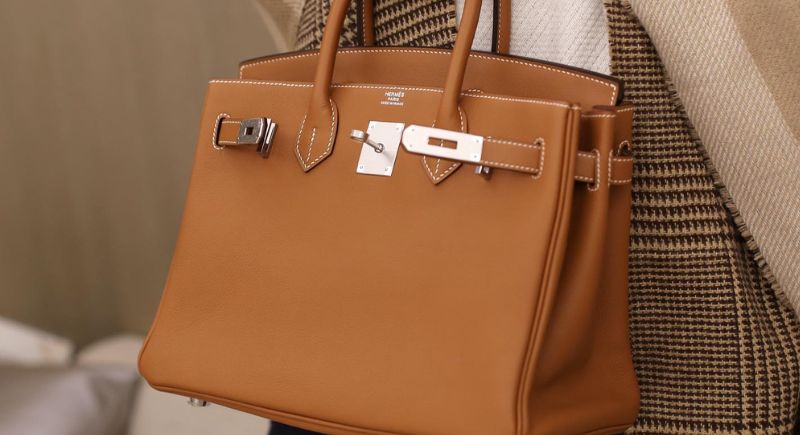
Credit: Instagram
While Hermès prides itself on French-trained artisans, much of the base leather and hardware is believed to originate from China. TikToks allege some bags are 90% complete before they’re sent to France for final assembly. Whether that changes the quality is up for debate—but it certainly reframes the value.
Maj, Sandro, and Other Mid-Luxury Names
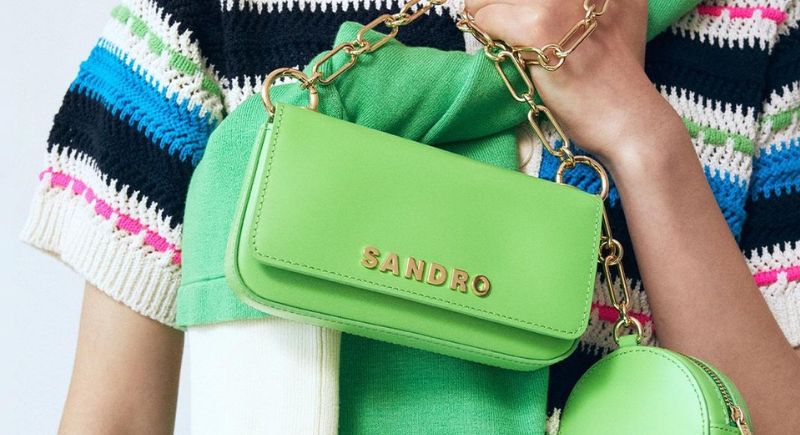
Credit: Instagram
These Paris-based labels are marketed as elevated but accessible. Turns out, many of their core products come from the same Chinese factories that produce for high-end names. So the factory floor that makes your Dior cardigan might also be where your Maj wool coat is born.
LVMH and the Birkenstock Surprise
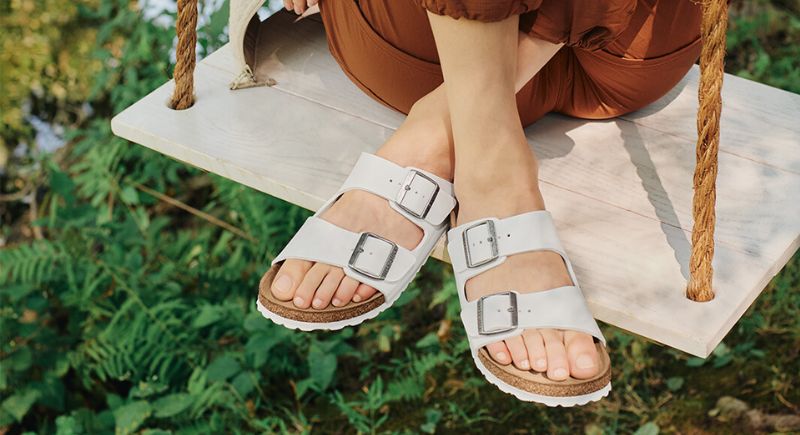
Credit: Instagram
LVMH acquired a majority stake in Birkenstock, which markets its footwear as made in Germany. But videos claim at least some of the production—or nearly identical versions—exist in China. It could be fakes, or it could be quiet OEM production. Either way, the origin debate has spilled well past leather goods.
Beyond the Bags: Chinese Cashmere’s Rise

Credit: Instagram
Cashmere sweaters used to be a European hallmark, but most of the world’s supply comes from China and Mongolia. TikTok artisans showcase machines knitting Lisa Yang-style sweaters for a fraction of retail. The twist? Some of the highest quality comes from the same goats, same mills, and often, the same staff.
The Packaging Scam No One Talks About
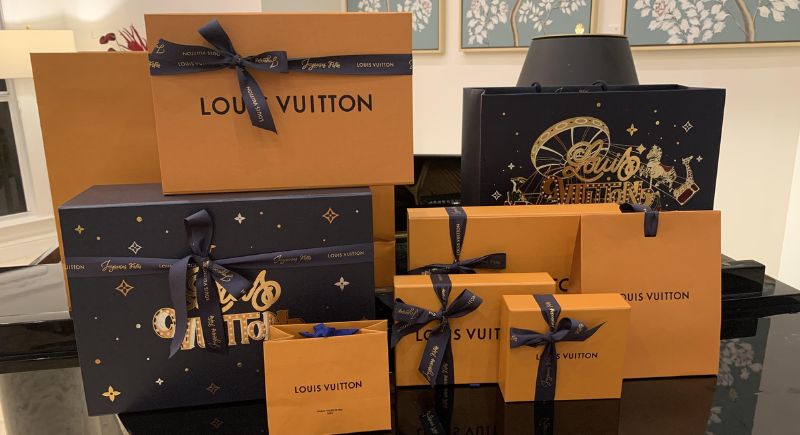
Credit: Reddit
Luxury isn’t just about the item—it’s about how it’s presented. But packaging technology, including rigid boxes, magnetic closures, and flocked trays, often comes from the same Shenzhen vendors used by mass-market brands. That tissue paper and ribbon? Same vendor as your $30 candle.
AI-Boosted TikToks Roasting American Factories
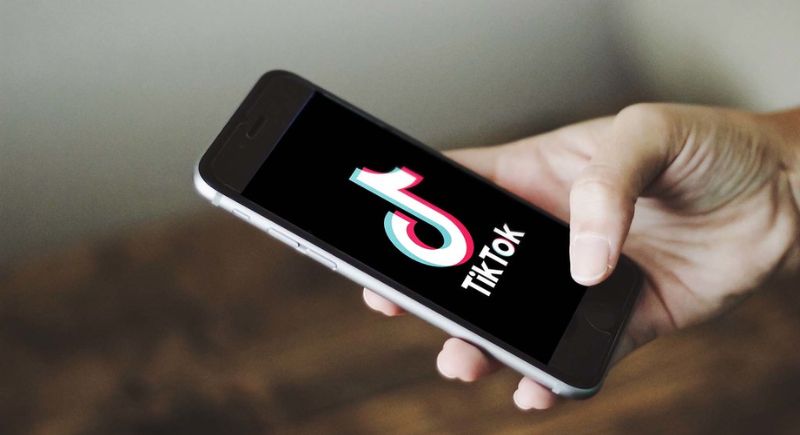
Credit: flickr
Chinese social media isn’t holding back. Some viral AI-generated TikToks show Americans assembling bags at comically slow speeds compared to Chinese workers. The tone is mocking, but the point is clear: China believes it’s mastered production at a level the West can no longer match. The videos sting because they hit close to home.
Fake or Not, It Feels the Same
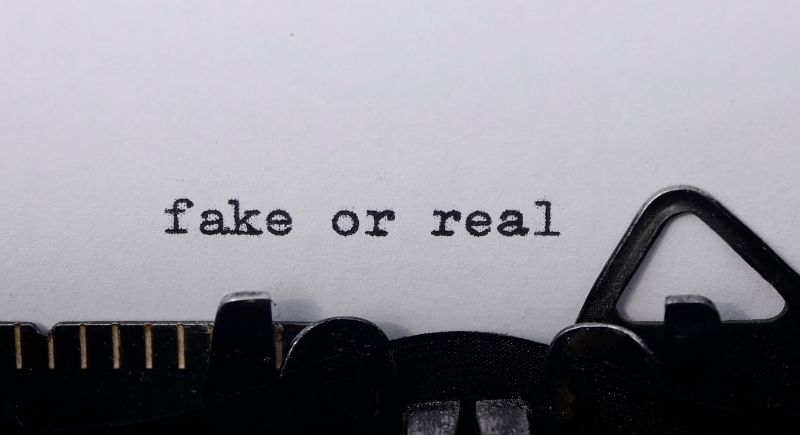
Credit: Getty Images
Several TikTokers are testing dupes side-by-side with the originals and finding they can’t reliably tell the difference. A fake Dior bag made in the same factory, with the same hardware, might be just as durable. The question becomes less about quality and more about what that brand name really means anymore.